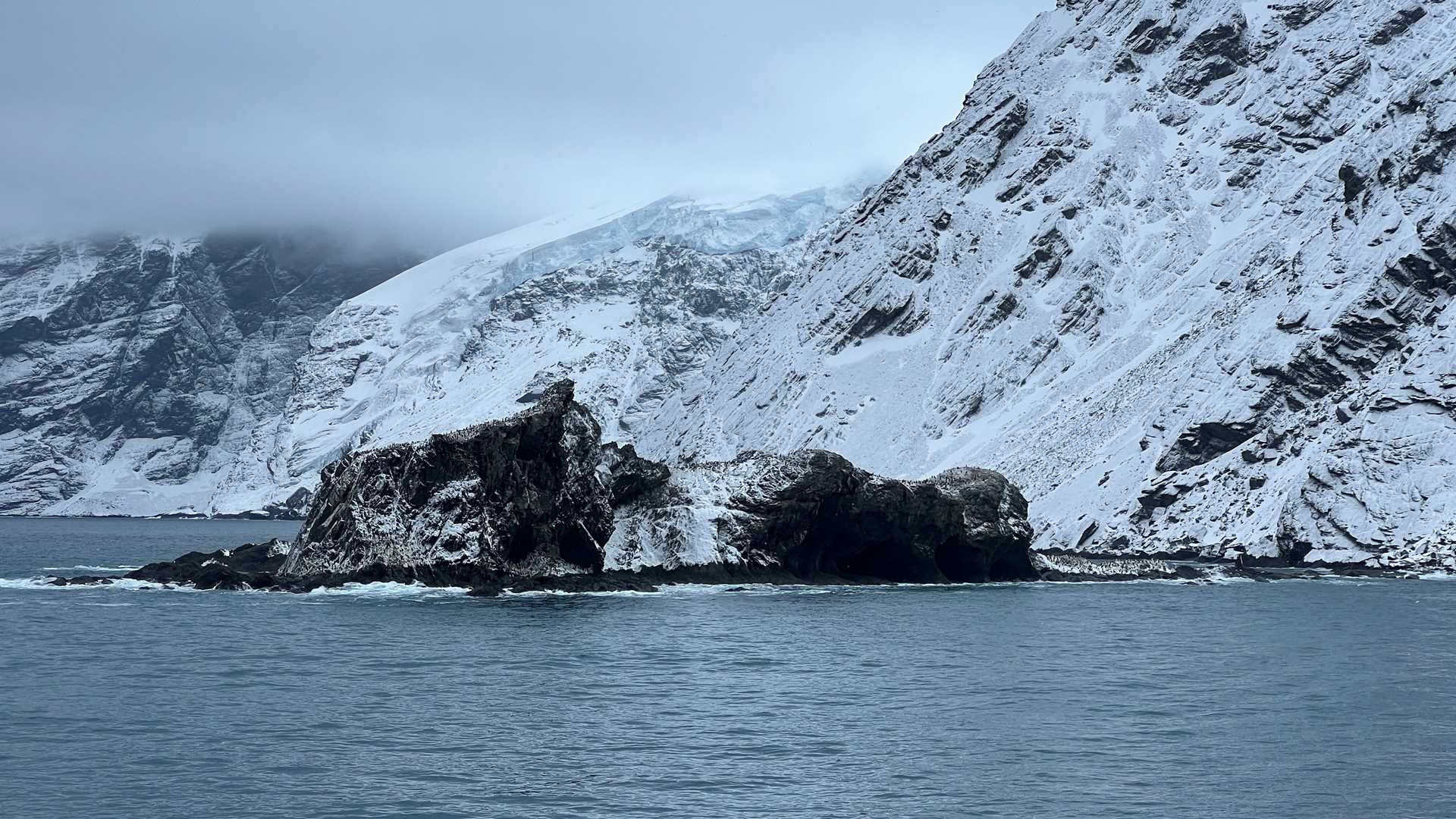To find a place to land…that was the issue for Ernest Shackleton and his men as they sailed three small boats from the ice edge. Having drifted for months, the search for shelter and perhaps help would have been at the front of the men’s minds. As we know, the ‘home’ they found was Elephant Island.
This was not their first choice, however, as The Boss considered Paulet Island a better option. They considered crossing the peninsula to look for whalers on the west. As luck would have it, the ice drifted forever north until they were able to launch the little boats into the ice-choked waters of the Weddell Sea.
Finding land, even this bleak place, must have been some kind of comfort. Perhaps. However, upon landing at Cape Valentine, their hopes for finding a safe camp were dashed. Looking at their landfall, the men soon realised that the high tide mark was well above their position. Their camp would not be safe.
Sending one scout boat forward, Shackleton risked splitting up the party, but Wild returned after finding the tiny spit of land that now bears his name. It is, indeed, the bleakest place I have ever been to in my 30 years of polar travel.
My first visit some years ago was emotional. Seeing the place where 22 of the men survived for 137 days underneath two upturned lifeboats was disquieting. Think of it – having lost the Endurance months before to its icy grave – the men had to scrape a bare existence from a spit of land that was almost devoid of life at the beginning of the winter of 1916. Arriving as they did in May, they found very few seals or penguins. Surviving on any animal that approached the camp became their priority.
As we reached Point Wild today, the high cliffs of Pardo Ridge loomed out of a haze of snow and fog. Shivering in our Zodiacs, we launched into a long, languorous swell filled with chunks of ice. Viewing the campsite from the water that surged along the rock outcrops, many were moved to tears. To think that anyone could survive here today would be foolhardy in the extreme. That the 22 survived, albeit with the loss of a couple of toes, is one of the greatest human achievements in polar history.







